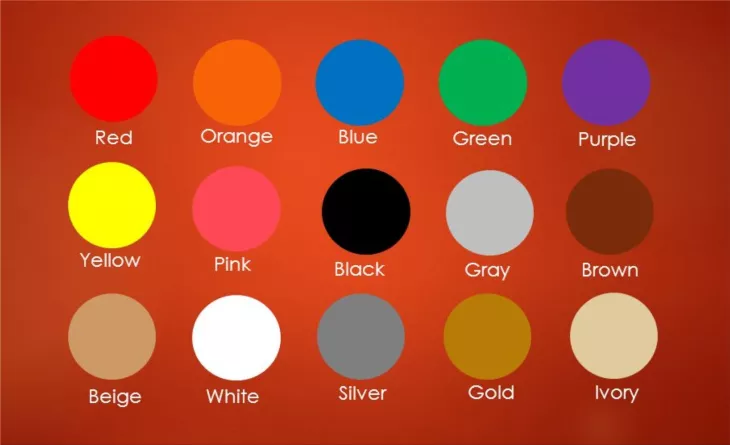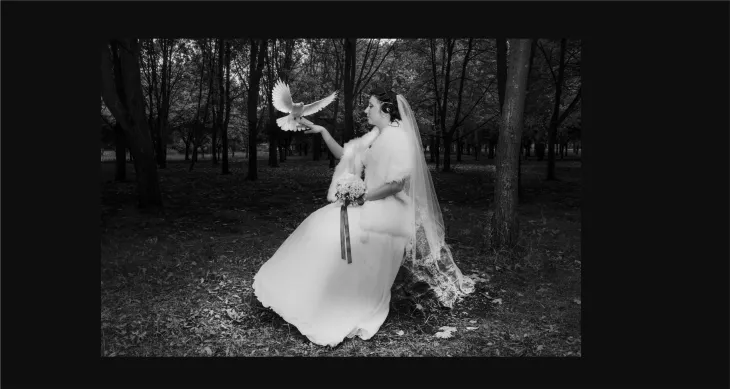Step 3: Think about who your target consumer is and what they like.
Step one also includes some information concerning gender-based color preferences, but did you know there has been some relatively comprehensive research on the subject? So it's not just a case of women like purple and men don't. There's a lot of exciting information about gender and color preferences on the internet:
Blue is the most popular color globally, with 57 percent of men and 35 percent of women claiming it is their favorite.
Blue (57%) is the most popular color among men, followed by green (14%), black (9%), and red (3%). (7 percent ). Only 5% of men indicated orange, yellow, brown, grey, or white was their favorite color, while 0% said purple was their favorite.
Blue (35%) is the most popular color among women, followed by purple (23%), green (14%), red (9%), and black (6 percent ). Orange, yellow, brown, grey, or white were chosen by less than 5% of women as their favorite colors.
Orange and brown are the least popular colors among men and women, with 22% of men and 33% of women avoiding and loathing orange and 27% of men, and 20% of women disapproving brown.
However, gender isn't the only factor that might define your target population. There are other statistics on color psychology related to age, class, education, and even climate. For example, take a look at these fascinating facts:
- Colors like red, yellow, blue, orange, green, and purple are preferred by young toddlers. In addition, they prefer solid blocks of color to patterns.
- Teenagers like black and are more open to graphics and sophisticated colors.
- Most adults, on the whole, prefer muted colors, and their tastes are set in stone.
- Yellow is disliked by those over the age of 65, who favor blue, pink, and green. They prefer calming colors to bright, energizing ones, and purple is becoming increasingly popular among women as they become older.
- People in the working class favor primary and secondary colors in brighter versions. On the other hand, wealthier people prefer more complex hues, particularly tertiary colors with a variety of tones.
- The more educated a person is, the more sophisticated their color choices are likely to be. People with more education prefer tertiary colors, whereas those with less education prefer primary and secondary colors.
- People choose colors that are similar to the colors found in their environment. For example, bright, warm colors appeal to those who live in tropical areas, whereas more subdued hues appeal to people who live in colder climes.
- White is widely used in weddings and hospitals in Western cultures because it signifies purity and cleanliness. On the other hand, white is associated with death and grief in Eastern cultures and is frequently utilized in funeral rites.
Now you can create a highly complex profile by combining your personal color preferences, the emotional meaning linked with colors, the popular colors used in your business, and the preferences of your target audience.
Step 4: Keep in mind that the way you blend colors is more important than the colors themselves.
In the end, two websites using blue and white as their primary colors can look and work very differently. This is because color psychology entails more than just choosing a single color to represent your business; it also includes color schemes, white space, and strategic positioning of specific colors, allowing for a wide range of variations even with the same primary color.
Most web designers advise that each website have at least three colors: a background, a base, and an accent. Many people also propose the 60-30-10 rule, which states that you should choose three colors and utilize one 60% of the time, another 30% of the time (as a base), and the third 10% of the time (as an accent).
Vibrant colors like orange, green, and red tend to attract the most clicks. Still, depending on your website's color scheme, a different hue might provide better contrast - an essential factor in capturing users' attention.
A couple of last thoughts
Color psychology entails more than simply gravitating toward colors you enjoy. Also, using color psychology to try and understand your target customers can help you sell to them in the future.
Keep in mind that color perception is a personal thing. While there are some general patterns in people's perceptions of color, much of it is based on particular experiences. Therefore, just because your target market's data lead to one set of colors doesn't guarantee it's the best option.
Even if you have a website logo and a color scheme in mind, there are still ways to leverage color psychology to your benefit without completely overhauling your brand. For example, changing the amount of white space on your website and adding different calls to action can make a big difference.
Finally, it is not only dependent on the colors you select. While colors have diverse meanings and different demographics have varying preferences, the most significant factor is how a user associates a color with your business. Hues that look utterly unconnected to your business might be just as off-putting to buyers as their least favored colors.
And, obviously, even in business, there's always room for trusting your instincts. Listen to your gut if all the research advises you to go with a hue that doesn't feel right for your brand. Customers can be surprisingly wise, and when you adopt colors, logos, and methods that you can stand behind, your customers will notice.
How to Improve Your Website Design by Using Color Psychology - Step 1+2


























